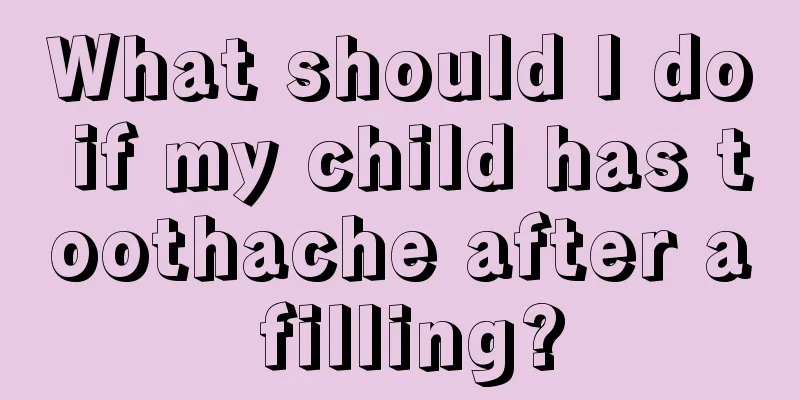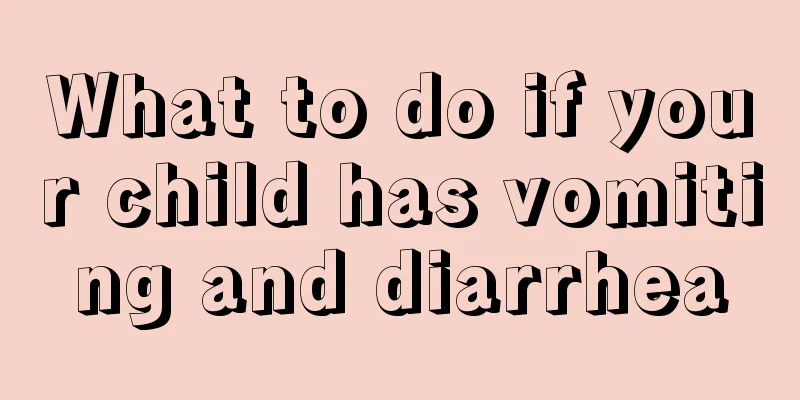Reasons for drooling in two-year-old children

|
We often see children aged two or three drooling. This is a normal phenomenon because children's oral cavity is relatively shallow and they will not swallow excess saliva, so it will flow out. However, long-term drooling in a two-year-old child may be a pathological disease. At this time, parents need to check the child's physical fitness with our family to avoid harm from the disease. Children's drooling can be divided into physiological and pathological types. The vast majority are physiological phenomena. When a child is born, the salivary gland cells are not yet developed and the saliva secretion is very little. After four or five months, the child begins to eat complementary foods and increases chewing. At the same time, the deciduous teeth begin to erupt, the gums are stimulated, and a nerve reflex is triggered. These will stimulate saliva secretion and increase saliva. However, children's mouths are shallow, and they cannot swallow excess saliva in time, so the excess saliva will flow out from the corners of their mouths. This is a normal physiological phenomenon and does not require treatment. After the age of two and a half, when all the baby teeth have grown out, the drooling phenomenon will improve. However, why do some children not drool during the period of growing milk teeth? This is because it is a physiological phenomenon, and the reaction in everyone may not be the same. However, drooling in some children is a pathological phenomenon, such as stomatitis, including glossitis, gingivitis, etc. In this case, the saliva that flows out is yellow or light red and has a slight odor. The child will also have symptoms such as slight fever, unwillingness to eat, and irritability. If this happens, you should consult a doctor. In addition, if children have bad habits such as chewing their hands or pacifiers frequently, their mouths may be irritated and drooling may occur. For children who drool easily, pay attention to local cleaning. When wiping the saliva, use a clean, soft towel and be gentle. You can put a bib made of soft cloth on the child, change it frequently and keep it dry. If ulcers appear, wash them with boric acid water and apply some astringent ointments, such as zinc oxide oil, tannic acid ointment, etc. Through the article’s introduction to the reasons why two-year-old children drool, we also know that there are mainly two ways for children to drool, one is physiological and the other is pathological. For pathological drooling, we recommend that everyone should have a timely physical examination, because the child's physical resistance is relatively weak at this time. |
<<: What to do if your child has a clavicle fracture
>>: Introduction to baby food for four months
Recommend
What is the cause of a child's thick nasal discharge?
We all know that colds generally cause coughing a...
What are the reasons for children's vomiting?
We all know that if we don’t pay attention to hyg...
Can anal fissures in children heal on their own?
Anal fissure is a relatively common anal disease....
What to do if a three-year-old child has diarrhea
Parents should pay attention to children's di...
How to teach children addition and subtraction in mathematics?
Although children are very curious, they are also...
What to do if your baby has a runny nose in summer
You need to pay attention to a runny nose in the ...
What should I do if my child has poor digestion?
For children who are in the period of menstruatio...
Things to note when your 1-year-old baby is teething
Teething is an important milestone in a baby'...
What to do if a three-year-old child has a severe cough
The weather is getting colder and colder, which w...
Will roseola infantum recur?
When a child has an emergency, the first thing pa...
What is the cause of the baby's fever after vaccination?
When we are very young, we need to get vaccinatio...
What food is suitable for children with cold and fever
We all know that people who are hospitalized have...
Reasons why children squeeze their eyes
The slightest movement of the child will affect t...
What to do if your baby's nails grow too fast
Children are adults’ treasures, and little childr...
What are the symptoms of decreased vision in children?
If a child has a decline in vision, parents must ...









